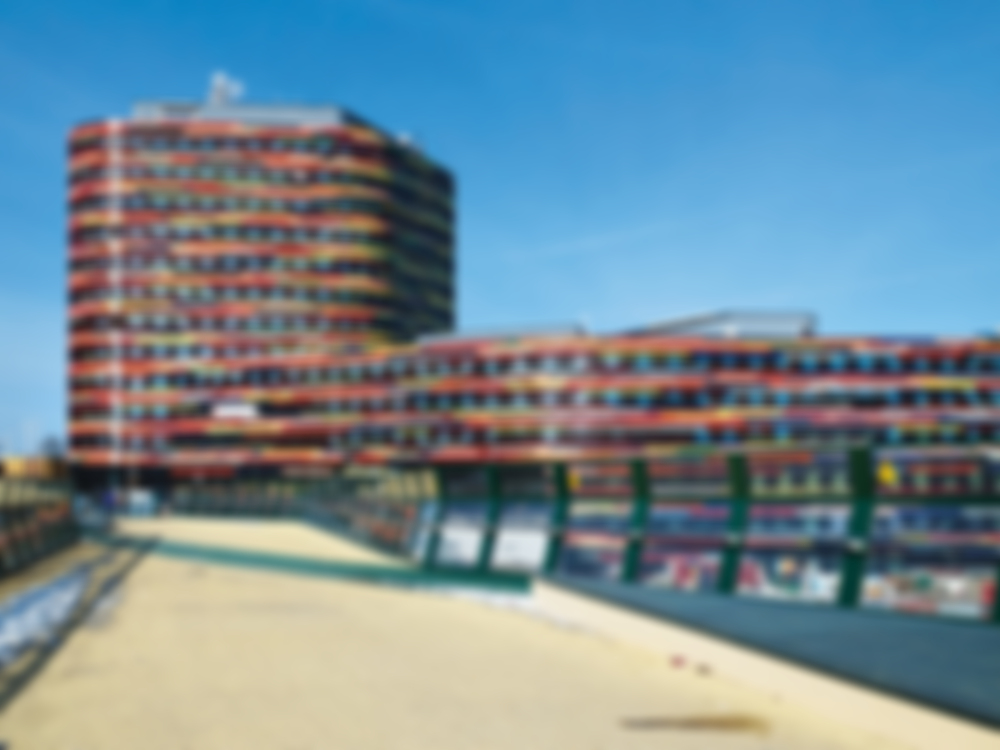The International Building Exhibition (IBA), which has been held in the borough of Wilhelmsburg since 2007, is reaching its final stages this year. Previously, the district had been known as a hotspot of social tension and instability, but the IBA aims to transform it into a civic and green prototypical neighbourhood. The agenda for the building exhibition extends beyond showcasing...
Magazine: The 2013 International Building Exhibition in Hamburg
Issue
01/2013 DETAIL green
Source
DETAIL

© Jakob Schoof

© Jakob Schoof